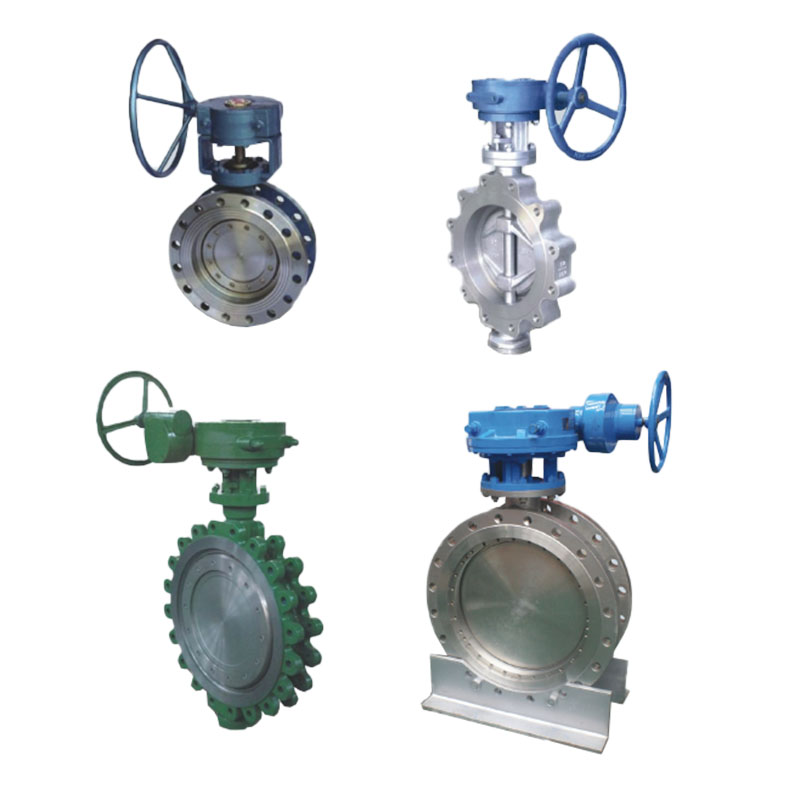Zhejiang Shunlin Valve Co., Ltd. is China Flange Valve Manufacturers, we are design and manufactures API standard valves (globe valves, gate valves, check valves, ball valves).
Several Commonly Used Check Valves
A check valve is a device that only allows media to flow in one direction. They do not require a user or actuator to function as they work automatically based on the pressure in the system. Check valves are mainly used to prevent contamination and prevent equipment damage that may be caused by the backflow of media.
Spring inline check valves are the most common, however, other frequently used types are: swing check valves, lift check valves, ball check valves, and duckbill valves.
A check valve is a device that only allows media to flow in one direction. For this reason, they are often referred to as "one-way" or "check" valves. They are dual port valves, which means they have one inlet and one outlet. They do not require a user or actuator to function as they work automatically based on the pressure in the system. Check valves are mainly used to prevent contamination and prevent equipment damage that may be caused by the backflow of media.
How does a check valve work?
Since the check valve works without a user, it needs a pressure differential to work. In order for the flow to flow through the valve from the inlet to the outlet, it requires a higher upstream pressure. The minimum difference between the inlet and outlet at which the valve operates is called the "crack pressure" and it varies according to the size and design of the valve. If there is higher pressure on the outlet side, the flow will try to move back through the check valve. Due to this "back pressure", it is designed to shut down afterward.
Since check valves allow one-way flow, proper orientation of installation is critical. Usually, there is an arrow that clearly depicts the direction, which can be seen in Figure 1. If it is reversed, the medium cannot pass through the valve in the intended flow direction.
Types of Check Valves
Depending on the valve design, they will operate slightly differently. Spring inline check valves are the most common. However, other frequently used types are listed below. There are also types with special features such as inlet filters, flexible diaphragms, or mechanical override levers, but these are less common.
Spring-type online check valve
The in-line spring check valve is simple in design and is the most commonly used. This valve type has a sealing disc that closes with the help of a spring. When the medium flows into the inlet of the valve, the pressure needs to be stronger than the spring force (burst pressure). When the inlet pressure is less than the spring force (no inlet pressure or back pressure), the disc will seal the opening and prevent the flow of media. For inspection and maintenance, the valve needs to be completely removed from the pipeline. Figures 1 and 2 are examples of spring in-line check valves that can be screwed to the pipeline.
This concept can also be applied to spring-loaded Y-type check valves. However, the disc and spring are at an angle to the pipe, which gives the valve housing a Y shape. This allows inspection and maintenance to be performed while the valve is still installed.
Swing Check Valve
This type of check valve simply allows the disc to swing open and close according to the flow direction of the medium. The disc is attached to a hinge that is attached to the valve body. When the medium flows in, the inlet pressure is higher than the outlet pressure, so the disc swings open to let the water flow through. In the absence of pressure or back pressure, it forces the oscillating discs to close and seal the opening.
Lift check valve
The lift check valve requires the medium to make a 90-degree turn. As inlet pressure increases, it pushes up a disc (against gravity and/or spring) allowing media to flow through. The discs are held in a vertical line to ensure that when the inlet pressure is reduced, the discs will reseat properly and seal the opening.
Ball check valve
These valves use a ball that rests on a seat to close the opening. Seal seats are usually tapered to ensure that the ball is guided onto the seat and a proper seal is formed. It can be free-floating or spring-loaded. When the inlet pressure is above the burst pressure, the ball will move away from the seal, allowing media to flow. Ball check valves without springs require back pressure (reverse flow) in order to close, otherwise, the back pressure forces the ball to the seal.
duckbill valve
A duckbill valve is similar to a hose rather than a metal housing. The outlets of the valve are squeezed/flattened together, which is how this type of valve gets its name. Media flow from the inlet opens the flat end to allow media to flow through. When the inlet pressure is removed, the duckbill end re-flats to prevent backflow.
I hope this content is helpful to you. We are a professional industrial gate valves supplier. If you are interested in our products, please contact us.

 English
English 中文简体
中文简体 русский
русский







